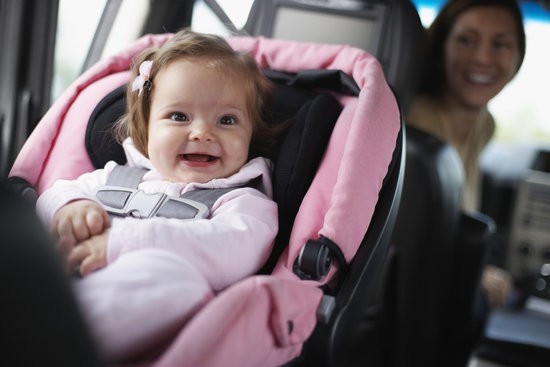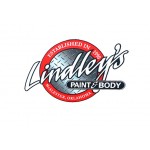Child Car Seat Safety Tips

At Lindley's Paint And Body Shop in Mcalester, OK, we know that babies are a wonderful and life-changing experience, but for most new parents, all the purchases and preparation can be quite daunting. Second hand products are often a practical way to save money, but that’s not always the case when it comes to child car seats. When it comes to buying a car seat, don’t use a used seat, but rather pony up the cash to keep your baby safe while traveling. Most people get it, but many don’t. Just take a look at Craigslist and you’ll see that hundreds of people sell their old car seats, and obviously there are more than just a few buyers out there.
Safer than Ever Before
For all new car seats, the U.S. government has strict fire and crash safety standards which are continually being revised and updated. Second hand or older model car seats may have been designed with standards that are currently outdated. Some car seats may have even been recalled or damaged in a previous accident. Parents and caregivers of babies and young children are well advised to not only explore the recent updates and innovations on child passenger car seats, but also how to properly install and use them for maximum safety.
There are three separate categories of car seats that you should know about. The first is the “Infant Only” car seat which, when installed correctly, has the infant facing the rear of the vehicle. It has a weight limit of 22-35 pounds and when the baby grows over this limit or reaches toddlerhood, they can move up to the second size which is the “Convertible Car Seat”.
The “Convertible Car Seat” has a double function which is rear-facing for babies and toddlers who weigh up to 40 pounds. After that weight limit is reached, the seat can then convert to a forward facing seat and safely hold a child until they reach 70 pounds. The American Academy of Pediatrics (AAP) advises keeping a child in rear-facing seats as long as possible either up to the age of two or until the child has surpassed the seat’s maximum limits for height and weight.
The third and final car seats designed for young children are the “Belt-Positioning Booster Seats”. These booster seats are designed and intended for those passengers who are at least four years old and have reached a minimum weight of 40 pounds. The backless booster seat should only be used when placed in a vehicle that includes head support otherwise a high-back booster seat is required.
After choosing the correct infant and car child seat, parents and caregivers have to follow a couple of actions to ensure proper child car seat function. According to the National Highway Traffic & Safety Administration (NHTSA), three out of four car seats are used or installed incorrectly.
Common errors in installation include:
- Threading the seat belts through the wrong slot
- Failing to engage the locking clip
- Installing the seat too loosely
- Neglecting to properly buckle the child into the car seat
Other mistakes parents make with car seats:
- Not using a safety seat on a consistent basis
- Using an old or secondhand seat
- Turning child to face forward too soon
- Moving child out of his car seat or booster too soon
- Not using a locking clip or using it improperly
- Not securing child in the seat
- Not buckling a car seat into the car
- Holding child on lap
- Letting two kids share one seat belt
- Permitting child to ride in the front seat
So, buy a new car seat and make sure it’s the right kind for you. Follow the proper installation directives provided by the manufacturer and always be vigilant in following all of the guidelines outlined here. Safety for adults is important, but when it comes to your baby or any young child, we at Lindley's Paint And Body Shop in Mcalester know it’s even more crucial to get it right!


